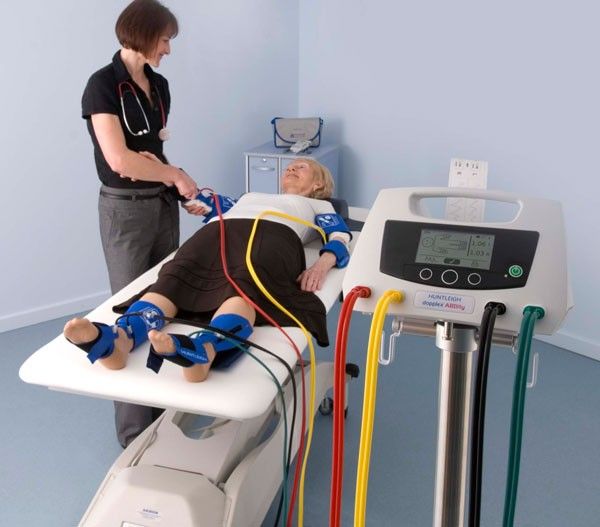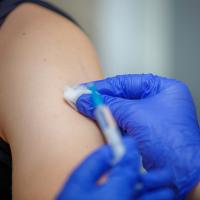ABI (Ankle Brachial Index)
The Practice Nurses at Glebe Hill Family Practice and GHFP Nurture conduct ankle-brachial index (ABI) testing.
What is ABI?
The ABI test is a quick, noninvasive way to check for peripheral artery disease (PAD). The disease occurs when narrowed arteries reduce the blood flow to your limbs. PAD can cause leg pain when walking and increases the risk of heart attack and stroke. The ankle-brachial index test compares the blood pressure measured at your ankle with the blood pressure measured at your arm. A low ankle-brachial index number can indicate narrowing or blockage of the arteries in your legs.
Should I have an ABI test?
The ankle-brachial index test is done to check for PAD — narrowed arteries that reduce blood flow, usually in your legs. Your doctor might recommend an ankle-brachial index test if you have leg pain while walking or risk factors for PAD, such as:
- History of smoking
- Diabetes
- High blood pressure
- High cholesterol
- Restricted blood flow (atherosclerosis) in other parts of your body
What to expect at your ABI appointment
The ABI test takes about 3 minutes. You will have a blood pressure cuff on each of your arms and legs, and you'll need to lie down quietly for the test.You may feel some discomfort when the blood pressure cuffs inflate on your arm and ankle. But this discomfort is temporary and should stop when the air is released from the cuff. If you have severe leg pain, your GP may recommend a different imaging test of the arteries in your legs.
How you prepare
Generally, you won't need to follow any special instructions before your appointment to have an ankle-brachial index test performed. You may want to wear loose, comfortable clothing that allows the Practice Nurse or GP performing your ankle-brachial index test to easily place a blood pressure cuff on your ankle and upper arm.
Results
Your doctor uses the blood pressure measurements from your arms and ankles to calculate your ankle-brachial index. Based on the number your ABI test calculates, your ankle-brachial index may show you have:
- No blockage (1.0 to 1.4). An ankle-brachial index number in this range suggests that you probably don't have PAD. But if you have symptoms of PAD, your doctor might perform an exercise ankle-brachial index test.
- Borderline blockage (0.91 to 0.99). An ankle-brachial index number is this range indicates that you have borderline PAD. Your doctor might recommend an exercise ankle-brachial index test.
- Peripheral artery disease (PAD) (less than 0.90). An ankle-brachial index number in this range is considered abnormal and indicates a diagnosis of PAD. Your doctor may recommend additional testing, such as ultrasound or angiography, to view the arteries in your legs
Depending on the severity of your blockage, your doctor may recommend:
- Lifestyle changes
- Medication
- Surgery to treat PAD
If you'd like to have an ABI, please phone our Reception Team, or speak directly with your Practice Nurse or General Practitioner.




